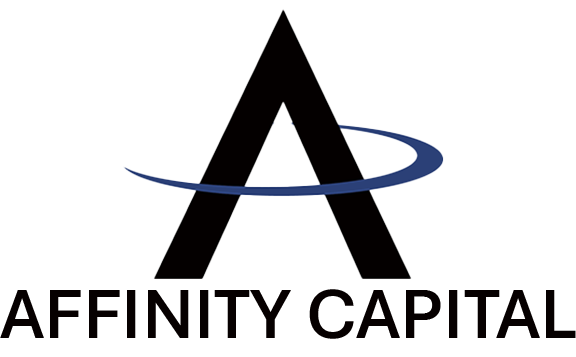A Comprehensive Guide to Retire with Confidence
Nov 10, 2025

Retirement isn’t a finish line; it’s a cash-flow strategy that must work in real life. Markets move, tax rules evolve, and spending patterns shift as you move from the active years to the slower years. A durable plan doesn’t guess, it relies on a few simple levers you can adjust over time.
1. Cash Reserve That Buys Time
Market pullbacks are normal. What hurts retirees is selling investments at the wrong time.
Target:
6–18 months of essential expenses in high-yield cash or short-term Treasuries.
Why it matters:
A cash reserve lets you pause withdrawals from investments after a market drop, reducing sequence-of-returns risk.
How to set it up:
- Separate essential from discretionary expenses.
- Keep 6–12 months of essentials in cash equivalents.
- Refill the reserve in good market years; skip refills after down years.
💡 Cash isn’t for return; it’s for flexibility.
2. Tax-Smart Account Mix
Most retirees have assets in three “tax buckets.” The right balance may lower lifetime taxes and extend portfolio life.
The buckets:
- Taxable: brokerage accounts (capital gains rules).
- Tax-deferred: traditional IRA or 401(k) (taxed as ordinary income).
- Tax-free: Roth IRA and HSA for qualified expenses.
Practical moves:
- Use taxable accounts first, managing capital gains.
- Consider partial Roth conversions before RMD age.
- Keep Roth assets for flexibility and legacy goals.
💡 Focus on lifetime taxes, not just this year’s refund.
3. Withdrawal Order You Can Explain
There’s no single perfect rule, but a clear process helps.
A simple framework:
- Use interest and dividends first.
- Draw from taxable assets next.
- Tap tax-deferred accounts to the top of your target bracket.
- Preserve Roth for later-stage flexibility.
- After RMDs begin, coordinate withdrawals with charitable gifts and big expenses.
Guardrails help:
Set a base withdrawal rate that fits your income needs and risk tolerance. Use spending guardrails to stay balanced: trim slightly after poor years and raise modestly after strong years.
💡 The best plan is one you can operate with confidence.
4. Healthcare, Medicare, and Big-Ticket Timing
Healthcare costs are lumpy, and timing matters.
Medicare basics:
- Initial enrollment starts at 65; delays can mean penalties.
- Compare Medigap and Advantage options carefully; networks and total costs matter more than premiums alone.
Pre-65 bridge years:
If you retire before Medicare, plan for marketplace coverage or COBRA. These may also be good years for Roth conversions.
Long-term care:
Not everyone needs a policy, but everyone needs a plan. Decide who provides care, where, and how to pay for it.
💡 Healthcare planning is cash-flow planning.
Quick Retirement Income Checklist
- 6–18 months of essential expenses in cash.
- Annual spending plan with flexible expenses identified.
- Asset map across taxable, tax-deferred, and tax-free accounts.
- Partial Roth conversion plan before RMD age.
- Guardrail-based withdrawal strategy.
- Medicare timeline and pre-65 coverage plan.
- Long-term care strategy documented.
- Beneficiary designations up to date.
What About Social Security?
Delaying benefits can raise lifetime income, especially for the higher earner, but health, job flexibility, and cash needs all matter. Run scenarios and coordinate your start date with your withdrawal and tax plan.
Bringing It Together
A durable retirement plan is cash reserve + tax strategy + spending rules + healthcare timing. Get those four levers right, and market noise gets quieter.
Want a second set of eyes on your plan? We help clients build retirement income strategies that are practical, tax-aware, and easy to manage year after year.
👉 Start here: Retirement Planning

